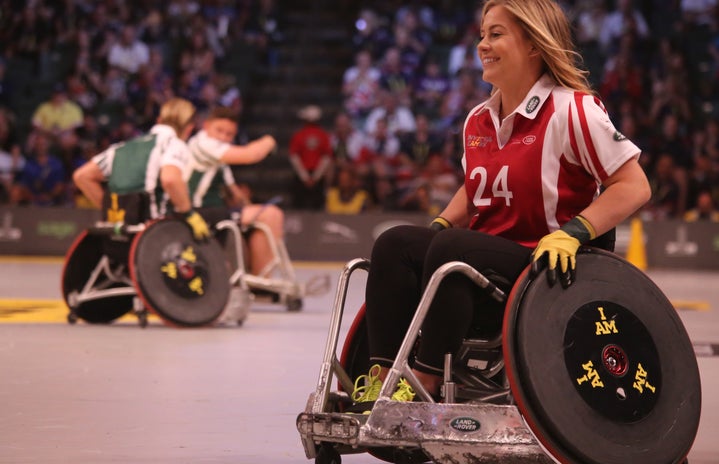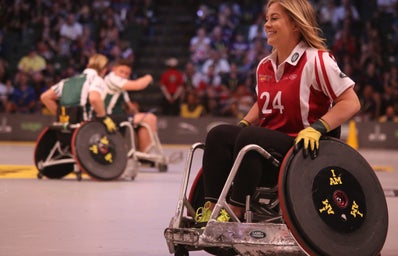When it comes to Nordic Skiing, “It takes a lot of time and knowledge of waxing. You can win or lose a race by having the wrong wax on your skis. It happens every time!” says NCAA Nordic skier, Cara Sprague (Harvard ’11). Skiing is not just a winter vacation pastime; it’s an NCAA and Olympic sport. There are 37 NCAA women’s Nordic Ski teams. Her Campus researched to find key facts about Nordic Skiing to boost your winter sport knowledge.
It’s not just downhill.
Nordic skiing (also known as cross-country skiing) has two types: classic and skating. Nordic skiers race along rolling terrain, uphill, on flats, and on downhill. The classic style is the “kick and glide” technique. “It’s a lot like running, but you don’t pick your feet up; instead, you shuffle along the snow,” informs Cara. The skating style is newer to the scene. It was made official amidst controversy in the 1980s by American silver medalist Bill Koch. Koch, the only American to win a Nordic ski medal in the Olympics, was inspired by the Finns and Swedes in the Skiing World Cup. These teams used a method of skating on one foot around corners to propel themselves forward more quickly. Koch tried this technique with both feet and went on to the World Cup title.
It doesn’t always snow.
Nordic skiers actually do a majority of their training on dry land on Roller Skis. Roller Skis are miniature skis that are two to three feet long. On these skis, athletes do hill workouts, interval training and short sprints all on the roads. Nordic training also entails bounding up mountains, hiking, and lots of long distance running (upwards of two hour runs!). Even during races weather can be unpredictable. Cara’s wildest experience: “My favorite race during the 2008-2009 ski season was at the Trapp Family Lodge for the UVM Carnival. The weather was absolutely insane and changed every five minutes. The temperature ranged from about 15 degrees below zero to about 35 degrees above zero, it was snowing so hard you couldn’t see five feet in front of you. Then that would change to sharp, spear-like icicles falling from the sky which then changed to a combination of rain, snow, sun, and sleet with about a 40 mph wind that also changed direction every five minutes.”
Waxing is imperative for victory.
Ski teams even have their own Waxing Coaches – and these coaches can tell what kind of wax will be most effective by just looking at the snow. Waxing skis “should not take longer than a half an hour, however most people take around forty minutes,” says Cara. There are two types of wax, glide wax and kick wax. Glide wax is “what you put on to go fast.” Kick Wax is for classic skiing and helps propel the skier forward without the ski slipping out from underneath her. Having the wrong type of wax on your skis can cause for a very frustrating race.
Ski races are called Carnivals.
Carnivals last two days, Friday and Saturday, with classic races on Fridays and skating races on Saturdays. Teams arrive on Thursday afternoon to preview the course and spend the rest of the night waxing their skis. On Friday morning, the coaches get to the racecourse at 6am to test waxes and the temperature of the snow periodically until races begin at 10am. Races range from 1.5km sprints to 15km distance races. Cara’s favorite Carnival is the Dartmouth Carnival. “Every year it falls on Valentine’s Day, and the athletes have “Carnie Crush.” Everyone picks a person on another team and makes a Valentine for them.” So as you hit the slopes this holiday season… Look out for Nordic skiing at the 2010 Vancouver Olympic Games!
For a peek into the lives of some NCAA Nordic Skiers, check out the Crimson Nordic Blog Sources: Cara Sprague – Harvard University Nordic Skier http://nordicskiclub.org.au/kag_arch/history_of_skiing.shtml NCAA Men’s and Women’s Skiing

